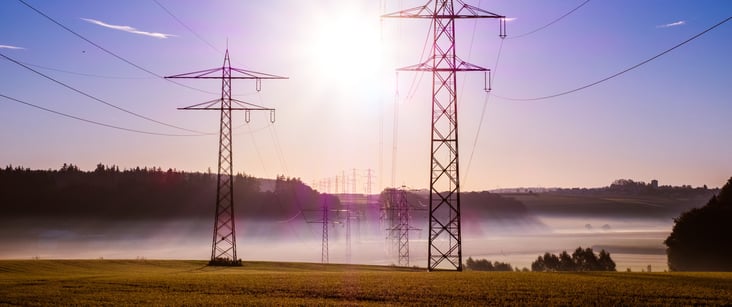This is a guest post from AEE member CLEAResult, adapted from the version posted here. To learn more about membership in AEE, click here.
As an opportunity to save money and save energy, energy efficiency is now top of mind for customers. Therefore, understanding and adopting the latest in energy efficient products and technologies is important to the utility industry, which hosts energy efficiency programs. Thanks to new developments in technology, mobile applications, and other digital innovations, utilities have more tools than ever before to meet the demands of today’s energy-conscious consumer and business and save them money. However, reducing electricity costs for customers is at odds with utilities’ revenue goals and shareholder interests.
So how can utilities stay competitive and adapt to their customers’ shifting expectations, while also meeting revenue goals and shareholder expectations?
In CLEAResult’s second annual Innovation Outlook report, we give utility companies something to think about when it comes to how they deliver on the promise of energy efficiency, how to stay profitable doing so, and how to change the way customers use energy to the benefit of all.




